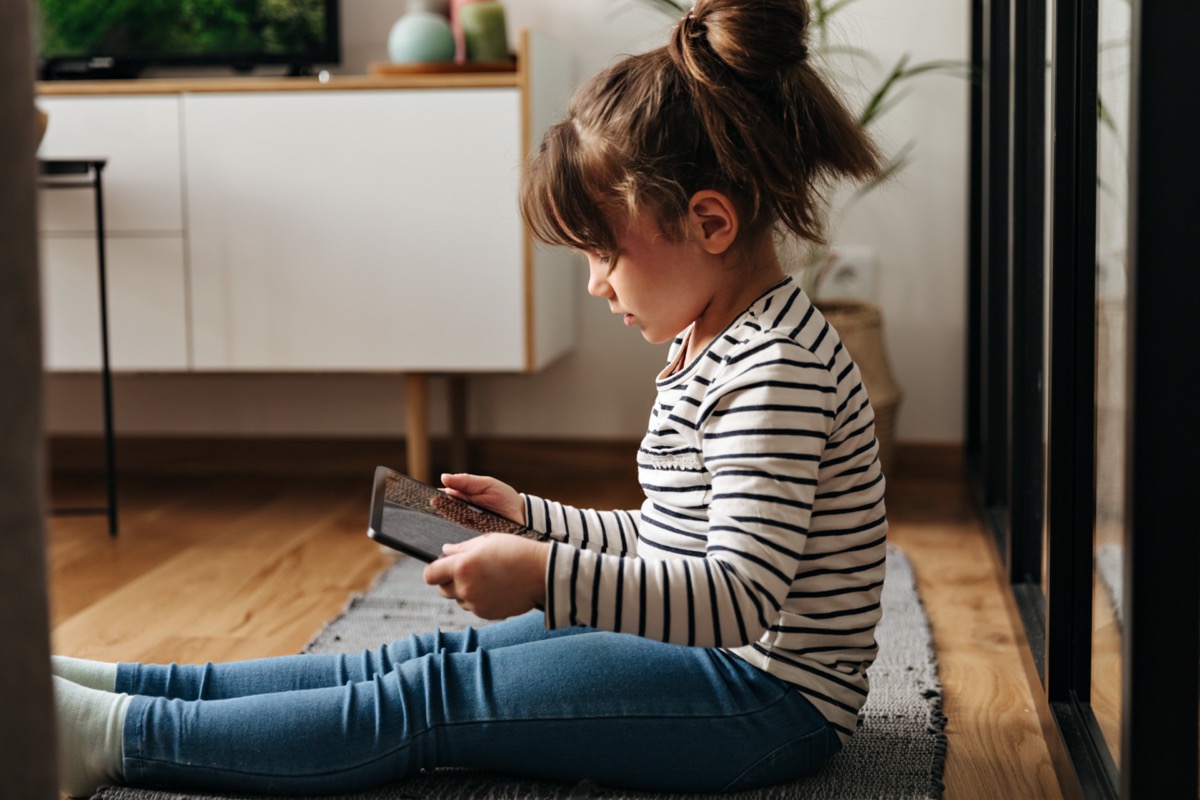Ways to Effectively Communicate with Children About TikTok
The Importance of Open Communication with Children about TikTok
TikTok offers both benefits and risks for children. Learn how to harness its creative potential while mitigating potential dangers. Educate your child about responsible content creation, recognizing inappropriate interactions, and reporting concerns. By striking this balance, you empower your child to enjoy TikTok's advantages while staying safe and resilient in the face of challenges.



